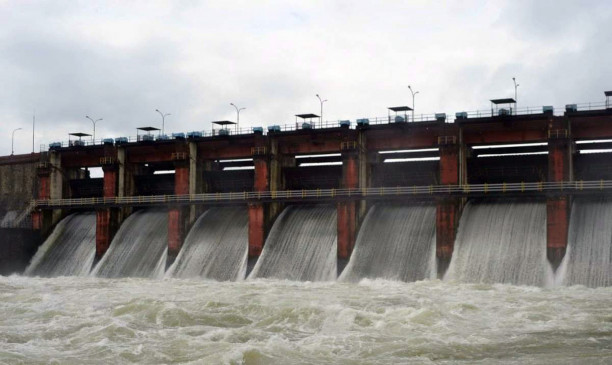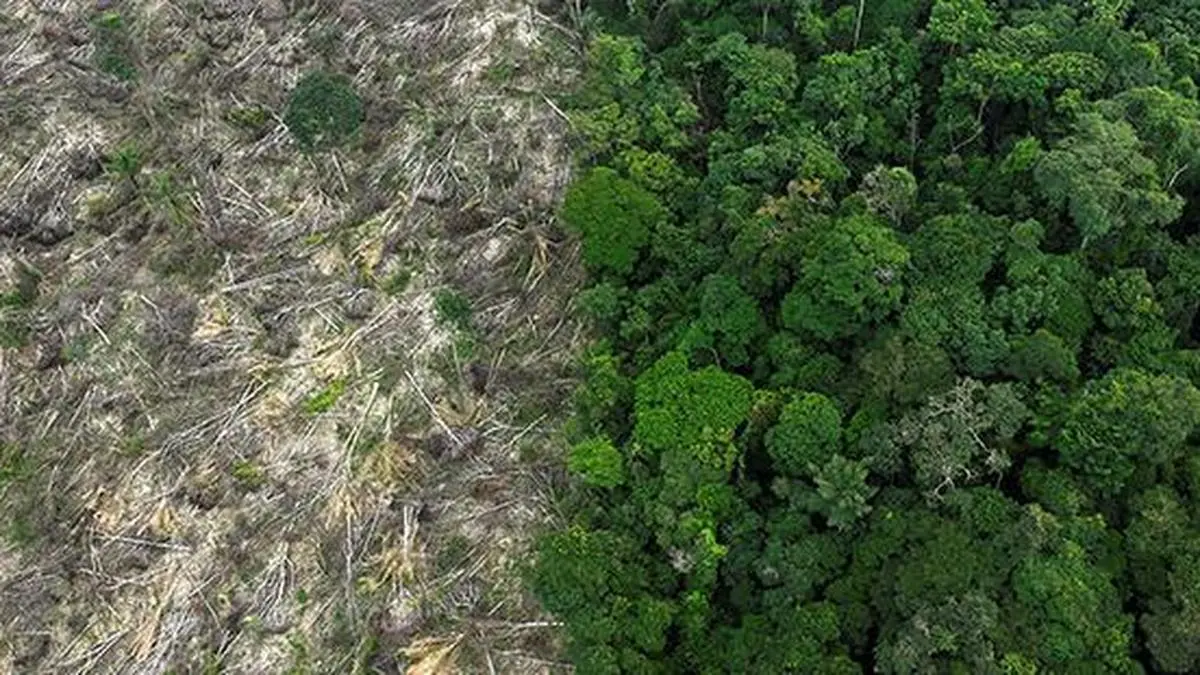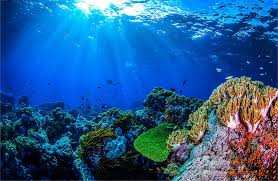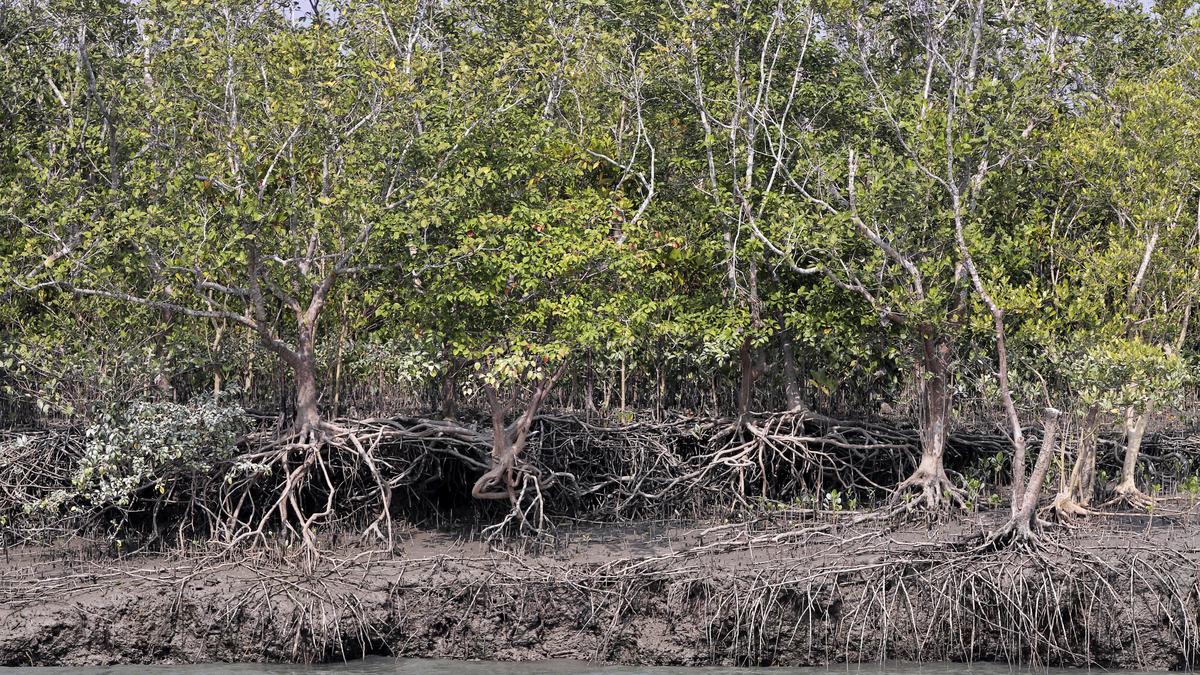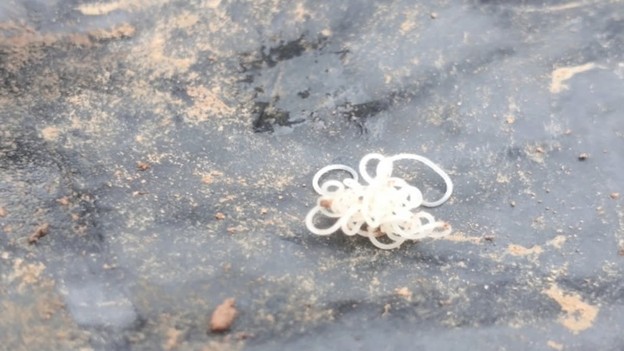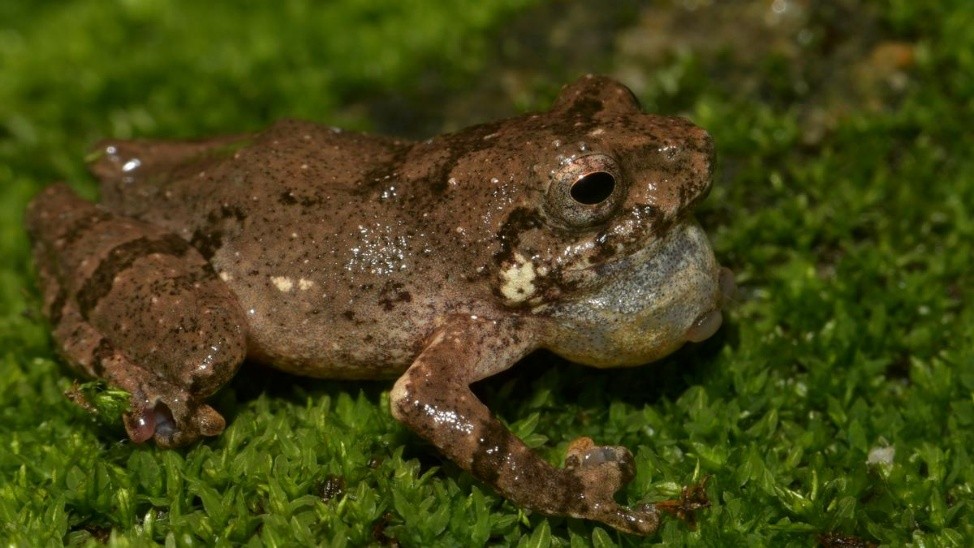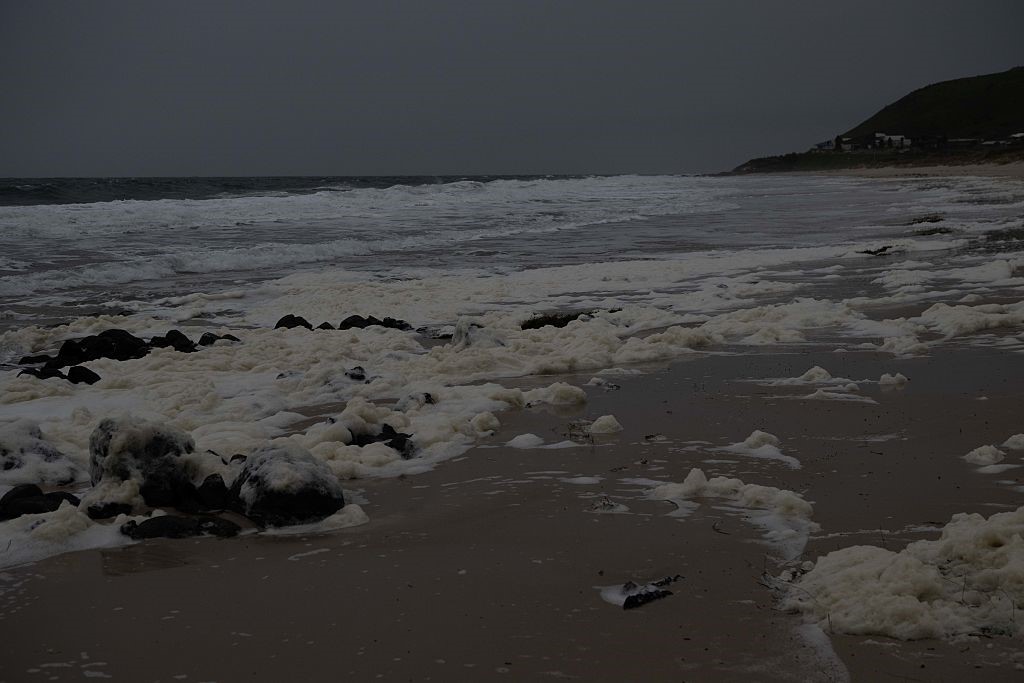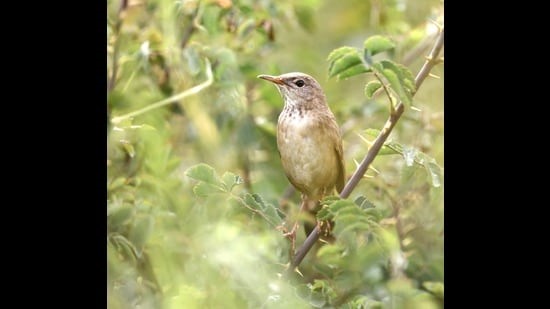Description
Disclaimer: Copyright infringement not intended.
Context:
The study of archaea a domain of ancient organisms has given scientists clues to the survival strategies of microorganisms by adapting to harsh conditions with the help of their toxin-antitoxin (TA) systems.
About Archaea
- Archaea, which means "ancient things" in Greek, are one of the oldest forms of life on Earth and belong to a group called the third domain of life.
- Archaea (singular archaeon) are a primitive group of microorganisms.
- These slow-growing organisms are also present in the human gut and have a potential relationship to human health.
- They are known for the production of antimicrobial molecules and for antioxidant activity with applications in ecological wastewater treatment.
- Archaea are extremely difficult to culture due to problems in providing natural conditions in a laboratory environment,
- Habitat: They were originally discovered and described in extreme environments such as hydrothermal vents and terrestrial hot springs. They have also been found in a variety of highly saline, acidic, and anaerobic environments.
Highlights of the Research:
- The researchers studied a specific TA system in a thermophilic archaeon called Sulfolobus acidocaldarius to understand how it helps these organisms.
- acidocaldarius, which lives in hot volcanic lakes such as Barren Island in India's Andaman and Nicobar Islands and some other volcanic areas in the world that can heat up to 90 degrees Celsius, research highlights its unique challenges and how to survive.
- A detailed analysis of the VapBC4 TA system, which helps to survive in high-temperature environments, shows its important role in heat stress.
- It turns out that several functions of the toxin VapC4, such as stopping the production of proteins, helping the body to form resistant cells, and affecting the formation of biofilm.
- When a cell faces heat stress, a stress-activated protease can degrade the VapB4 protein. Once VapB4 is gone, the toxin VapC4 is released and can stop protein production.
- This block in protein production is part of a survival strategy that helps cells form "persistence cells" during stress.
- These persistent cells enter a quiescent state, conserve energy, and avoid the formation of damaged proteins. This dormancy helps them survive harsh conditions until the environment improves.
Source:
PIB
|
PRACTICE QUESTION
Q.Consider the following statements regarding the Archaea:
- Archaea are unicellular organisms that are similar to bacteria in their morphology but differ significantly in their biochemical pathways.
- Archaea can thrive in extreme environments such as hot springs, salt lakes, and deep-sea vents, owing to their unique membrane lipids.
- Archaea are classified under the domain Eukarya along with animals, plants, and fungi.
Which of the statements given above are correct?
(a) 1 and 2 only
(b) 2 and 3 only
(c) 1 and 3 only
(d) 1, 2 and 3
Answer: a
Explanation:
Statement 1 is correct: Archaea share certain similarities with bacteria but are biochemically distinct, particularly in their DNA replication and protein synthesis mechanisms.
Statement 2 is correct: Archaea are extremophiles, often living in extreme conditions like high temperatures, high salinity, or high pressure, thanks to their unique biochemical features.
Statement 3 is incorrect: Archaea belong to their own domain, Archaea, and are not classified under Eukarya.
|





